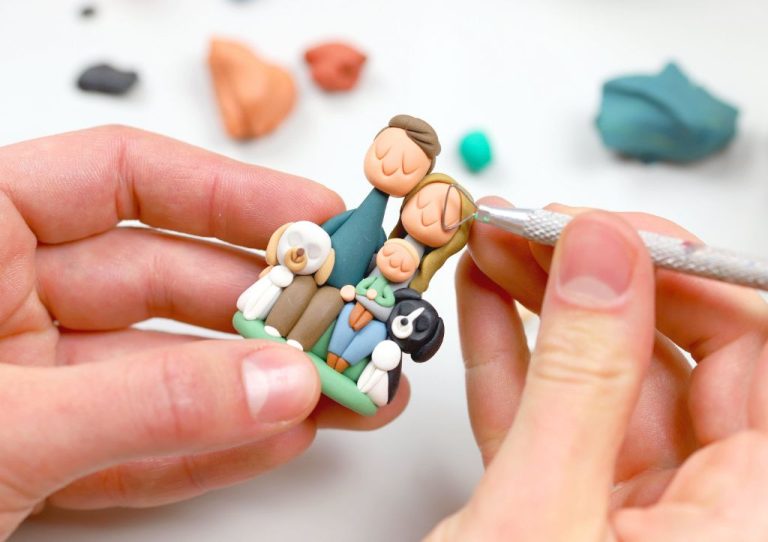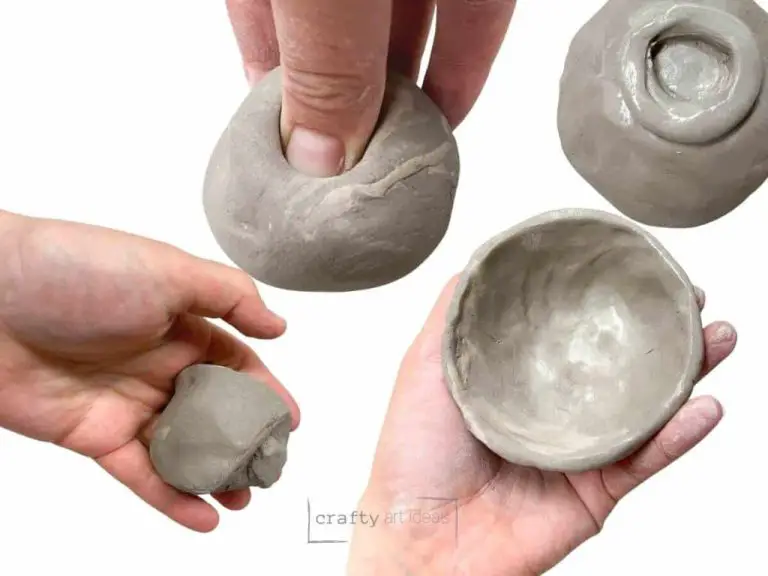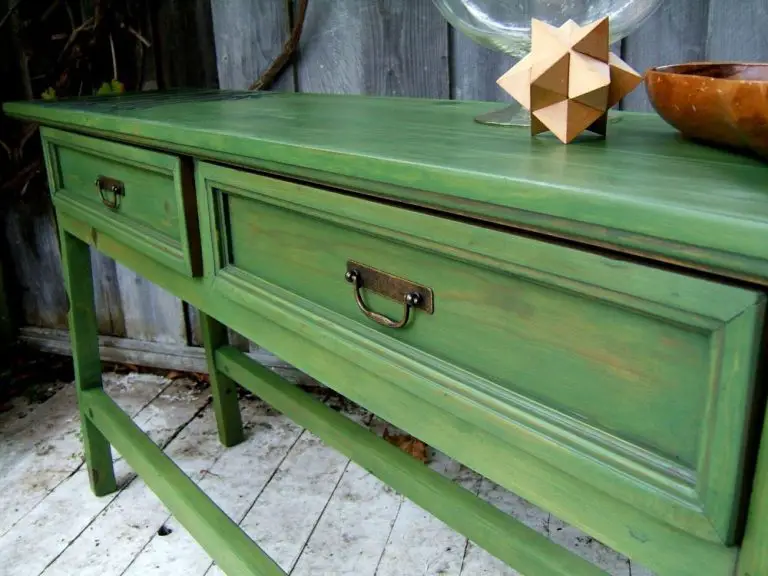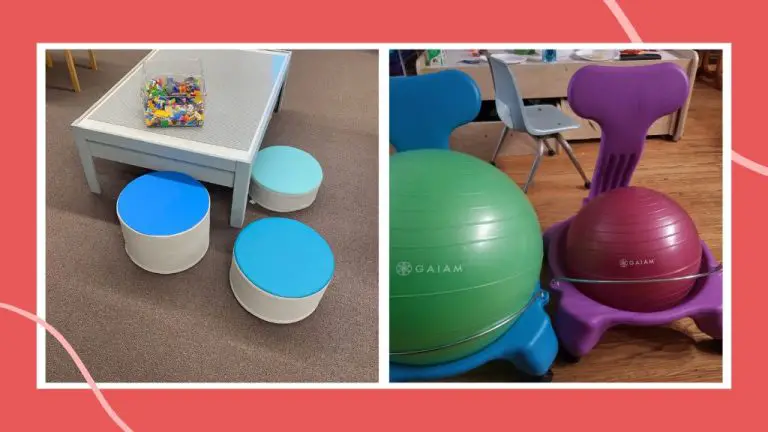What Are 5 Ceramics?
Ceramics are inorganic, non-metallic materials that are hardened when subjected to high temperatures. The word ceramic comes from the Greek word keramos, meaning “potter’s clay” or “pottery”. Ceramics have been an important part of human culture for thousands of years.
Some of the earliest known ceramic objects date back to 24,000 BC and include figurines and pottery found in ancient China. Over time, ceramic materials and production techniques advanced allowing ceramics to be fashioned into a wide range of products including tiles, cookware, tableware, sanitaryware, electrical insulators and more.
Today, ceramics are used in many industries and applications thanks to their durability, hardness, chemical resistance, thermal properties, and more. From advanced ceramic armor to ceramic engine components, ceramics continue to evolve and take on new roles in modern society.
While most traditional ceramics were made from clay, modern ceramic materials run the gamut from porcelain and stoneware clays to advanced technical ceramics made with alumina, zirconia, silicon carbide and more. Through careful formulation and optimized production methods, ceramics can be engineered and designed for specialized applications and operating environments.
Clay
Clay is a fine-grained natural material containing mostly silica and alumina minerals that is plastic when wet and rigid when fired at high temperatures. There are many different types of clay used in ceramics, each with unique properties and characteristics.
The main types of clay are:
- Earthenware clay – Fires at lower temperatures, more porous. Common types are red and brown clays.
- Stoneware clay – Denser and less porous than earthenware. Fires at higher temperatures. Common types are grey and white clays.
- Porcelain – Very dense and non-porous. Fires at high temperatures. Usually white in color.
- Bone china clay – Made from kaolin, quartz and bone ash. Very white and translucent after firing.
The properties that differentiate clays are plasticity, firing temperature, porosity, shrinkage, strength, color and texture. Clays are used to make a wide variety of ceramic items from tableware to bricks and roof tiles. The type of clay determines what the end product of the ceramic will be.
Source: https://bonsaiceramics.com/2019/01/31/types-of-clay-for-ceramics/
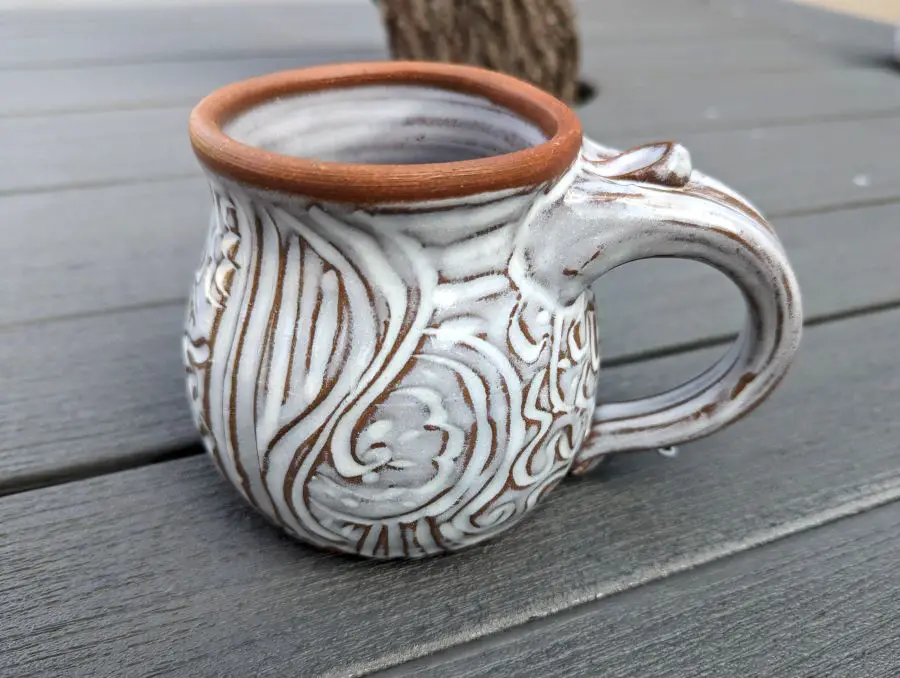
Stoneware
Stoneware is a durable, non-porous type of ceramic widely used for pottery, tableware, and decorative art objects (source). The key properties of stoneware are its vitreousness and impermeability to liquids. When fired at high temperatures ranging from 1200°C to 1280°C, the clay and glazes used in stoneware fuse together to become non-porous (source). This makes stoneware ideal for functional items like mugs, plates, bowls, and vases that hold liquids without leaking.
Unlike earthenware which can be porous, the dense vitrified nature of stoneware prevents water absorption, making it a popular choice for kitchenware and food serving items. The waterproof quality also makes stoneware suitable for outdoor use. Typical glazes used on stoneware include salt glaze, ash glaze, and colored glazes made from metal oxides (source). The non-porous surface allows the glazes to achieve a smooth, glossy finish.
In addition to functional uses, the durability of stoneware makes it ideal for sculptural pieces and decorative ceramics. Artists often choose stoneware clays for creating detailed sculptures, garden art, and architectural ceramics designed to withstand weathering outdoors.
Porcelain
Porcelain is a ceramic material made by heating clay at a high temperature between 1200 and 1400 °C (2192 to 2552 °F), resulting in a hard, vitrified, non-porous and translucent ceramic material (Marchant, https://www.marchantasianart.com/shop/porcelain-works-of-art/chinese-blue-and-white-porcelain-ceramics/). It is composed of kaolin clay and other minerals like quartz and feldspar that provide structural strength and help it maintain its shape when fired at high temperatures (Zahr, https://www.suzannezahr.com/michelle-williams/1).
Porcelain is known for its high strength, hardness, whiteness, translucency, and resonance. It has very low porosity, making it impermeable to water. This gives it excellent chemical resistance and mechanical strength compared to other types of pottery (Marchant, https://www.marchantasianart.com/shop/porcelain-works-of-art/chinese-blue-and-white-porcelain-ceramics/).
Due to its durability, dielectric properties, and aesthetic qualities, porcelain has many uses. It is commonly used to make pottery, tableware, sanitaryware, electrical insulators, dental crowns, and other ceramic items. Porcelain was developed in China and came to Europe in the 18th century, where its formula was refined by European ceramicists (Zahr, https://www.suzannezahr.com/michelle-williams/1).
Earthenware
Earthenware is a porous form of ceramics made from clay and quartz that is generally fired at lower temperatures than other clays (What is the Difference Between Earthenware and …). The properties of earthenware are that it is opaque, absorbent, and coarse compared to other ceramics like porcelain. Due to its more porous nature, earthenware requires a glazing to make it less permeable (Earthenware, Stoneware, and Porcelain – CARRON Paris).
Common uses of earthenware include flower pots, mugs, plates, pots, and other kitchenware. Its absorbent quality makes it suitable for baking and cooking food. Earthenware has been produced for thousands of years in many cultures around the world.
Terracotta
Terracotta is a type of ceramic made from clay. Terracotta dates back over 4,000 years and originated in regions such as India and China where terracotta pottery and sculpture were first created [1]. The term “terracotta” comes from the Italian words “terra” meaning earth and “cotta” meaning baked.
Terracotta is made from red clay that is fired at low temperatures between 1000-1150°C. The low firing temperature gives terracotta its distinct orange-red color. Terracotta clay contains iron oxide which causes the red tones when fired. The properties of terracotta make it porous and permeable to water while also being durable and strong.
Common uses for terracotta include pottery, sculpture, architectural decorations and tiles. Terracotta pottery has been used for centuries to store water and food due to its porous nature. Terracotta tiles are also very popular for flooring and roofing. Modern uses include planters, cookware and even water filtration systems. The durability and earthy beauty of terracotta make it a timeless material utilized across cultures and eras.
Bone China
Bone china is a type of soft-paste porcelain containing at least 30% bone ash. According to Ceramics & Tableware, bone china is known for its high levels of whiteness and translucency. The bone ash provides strength, smooth texture, and excellent thermal properties. The clay used in bone china is kaolin.
Bone china is highly valued for its delicacy and fine translucency. According to components bone china ceramics style Two Eight company, it is extensively used for high-quality tableware like teacups, saucers, plates, bowls, vases, and ornamental pieces. The high kaolin content allows for precise sculpting and thin walls. Decorations like gilding and hand-painting are common on bone china.
Bone china has a bright white color and smooth, silky feel. It is lightweight yet durable with low porosity, making it resistant to staining. The composition gives bone china a robust tensile and flexural strength while maintaining delicacy. These unique properties make bone china a popular choice for fine dinnerware and decorative objects.
Ceramic Production Methods
Ceramics are created through several production processes including forming, glazing and firing. Forming involves shaping the ceramic pieces from clay. There are various methods for ceramic forming including throwing on a potter’s wheel, slip casting, extrusion and pressing. Glazing involves applying a vitreous coating to the ceramic surface to create a glass-like finish. The glaze melts during firing and bonds to the ceramic body. Firing ceramics involves heating them to high temperatures in a kiln to permanently harden the clay and fuse any glazes. Typical firing temperatures range from 1000-1400°C depending on the type of clay and glaze used.
According to an article on Wiley Online Library, “The production methods of ceramic products involve the basic steps of mining and refining raw materials, synthetic powder and forming technology, drying, firing technology, and finishing.”[1] The forming methods help shape the ceramic piece, drying removes moisture, and firing hardens and sets the ceramic at high temperatures.
As noted in an article on Cordis Europa, “A European project has modernised ceramic production methods that have barely changed for thousands of years. It has introduced rapid prototyping, laser engraving and 3D modelling techniques to create innovative ceramic products.”[2] While traditional production methods are still widely used, new technologies are also being adopted in the ceramic industry.
Ceramic Artists
Ceramics have been an important art form for centuries. Many notable ceramic artists have emerged and produced iconic works.
Some of the most famous ceramic artists include Ron Nagle, known for his precisely crafted miniature ceramic cups, bowls, and vases. British artist Betty Woodman was influential for bringing a painterly aesthetic to ceramics with her colorful abstract and figurative pieces. Japanese-American artist Shio Kusaka creates delicate porcelain vessels that explore minimalist forms.
Contemporary ceramic artists like Grayson Perry often incorporate narrative elements, pushing the boundaries of traditional ceramic art. Perry is known for using traditional vase shapes while creating satirical figurative scenes with social commentary. Other notable ceramic artists exploring innovative techniques and conceptual approaches include Edmund de Waal, Clare Twomey, and Magdalene Odundo.
Conclusion
In summary, ceramics refer to objects made from clay and fired at high temperatures to achieve hardness and durability. The five most common types of ceramic are stoneware, porcelain, earthenware, terracotta, and bone china. Each has distinct characteristics in terms of appearance, strength, porosity, and uses.
Ceramics have been an essential part of human civilization for thousands of years, with evidence of pottery production dating back over 20,000 years. They continue to play an important role in our daily lives through items like dishes, tiles, pottery and more. The unique properties of clay make it a versatile material that can be shaped, decorated and fired into beautiful and functional objects.
While the basics of ceramic production have remained relatively constant over time, ceramic artists and manufacturers continue to innovate with new techniques, materials and designs. The popularity of ceramics endures today, both as historical artifacts that provide insight into past cultures and as contemporary art forms that push the boundaries of what can be created with this ancient medium. Their diversity, accessibility and long history make ceramics one of the most universally significant types of material in the world.

